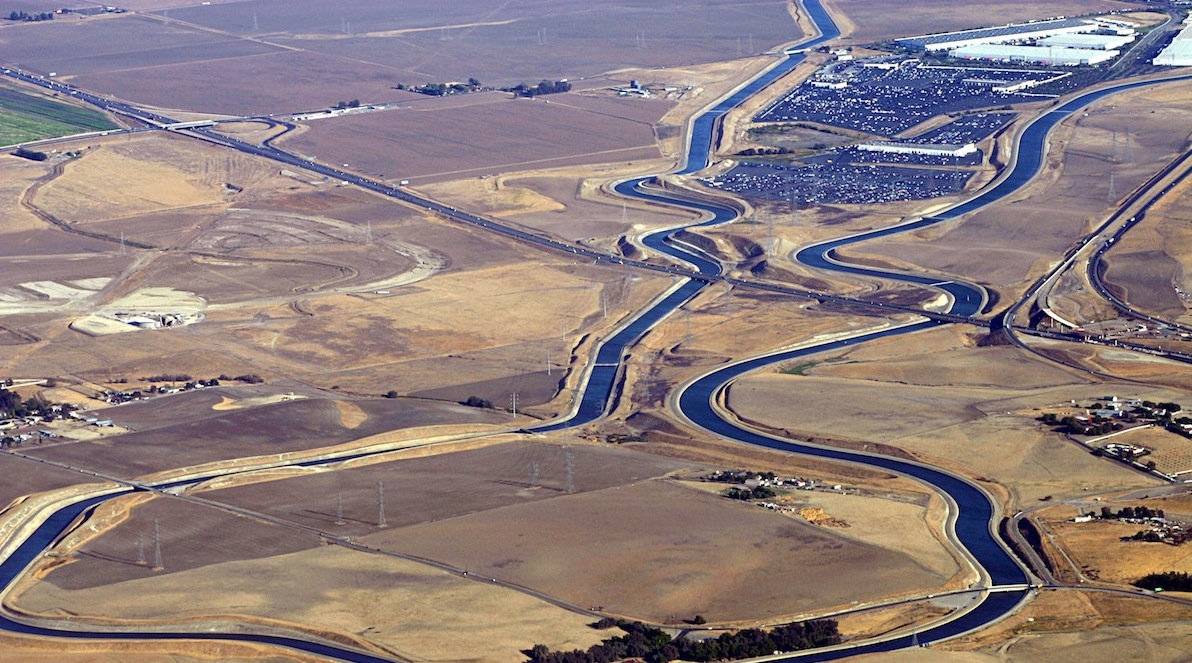The California Energy Commission (CEC) recently took measures aimed at saving the drought-stricken state billions of gallons of water.
The CEC approved new standards on toilets, urinals, and faucets that are sold in California. The new standards will be the most water-efficient in the country. Once the current stock of products is turned over, the CEC says the measure will save more than 100 billion gallons of water annually.
California is the first state to adopt standards that are more efficient than those set by EPA's WaterSense program. Next year, all urinals sold in California will use only 1 pint of water or less for each flush (the old standard was 1.0 gallons per flush, WaterSense is 0.5 gpf) and bathroom faucets will use no more than 1.2 gallons of water per minute (the old standard was 2.2 gpm, WaterSense is 1.5 gpm).
These standards go into effect on Jan. 1, 2016. The new standards do not require homes and businesses to replace plumbing fixtures. The CEC is working on a rebate program to make the purchase of more efficient appliances more affordable.
Related Stories
Codes and Standards | Oct 22, 2019
Efficient material design, low-carbon concrete are critical to cutting GHG emissions in construction
Enhancing building utilization and reusing materials also aid carbon reduction.
Codes and Standards | Oct 21, 2019
Historic properties not exempt from Americans With Disabilities Act
Some exceptions do apply.
Codes and Standards | Oct 18, 2019
St. Louis could save $61 million per year in energy costs by improved building performance
GHG gases can be reduced by at least 11% with upgrades to public buildings and large private buildings.
Codes and Standards | Oct 17, 2019
Slow payments cost GCs and subs $64 billion annually
Study finds 51-day average payment turnaround.
Codes and Standards | Oct 16, 2019
Cool pavement can make people hotter
Reflective coatings channel sunlight raising temperatures where pedestrians walk.
Codes and Standards | Oct 15, 2019
Utah adopts 2018 International Energy Conservation Code
Provisions include increased building envelope performance and reduced air infiltration.
Codes and Standards | Oct 14, 2019
States continue to beef up energy efficiency codes
ACEEE 50-state scorecard finds latest IECC code gaining adherents.
Codes and Standards | Oct 9, 2019
DOE releases Better Buildings Healthcare Financing Primer
Outlines financial strategies to implement energy-efficiency projects in healthcare.
Codes and Standards | Oct 8, 2019
Zero Carbon Buildings for All aims for ambitious emission reduction targets
Organization makes commitment to net zero carbon for all buildings by 2050.
Codes and Standards | Oct 7, 2019
Tailgating remains a critical building security threat, say security professionals
Few buildings provide beefed up provisions to counteract threat.

















